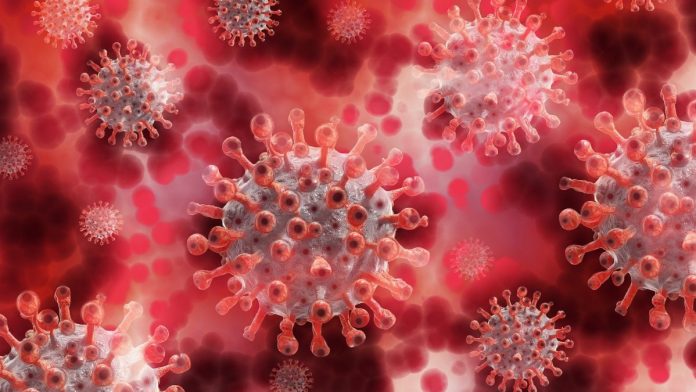New York: Hundreds of scientists say there isclinching evidence that shows that the novel coronavirus in smaller particles in the air can infect people and are calling for the World Health Organization to revise recommendations, the New York Times reported Saturday.
At least 239 scientists in 32 countries outlined the evidence showing smaller particles can infect people and asked the World Health Organization (WHO) to revise the recommendations.
The WHO has said the coronavirus disease spreads primarily from person to person through small droplets from the nose or mouth, which are released into the air when a person with COVID-19 coughs, sneezes or speaks.
In an open letter to the agency, which the researchers plan to publish in a scientific journal next week, 239 scientists in 32 countries outlined the evidence showing smaller particles can infect people, a report said.
Whether carried by large droplets that zoom through the air after a sneeze, or by much smaller exhaled droplets that may glide the length of a room, the coronavirus is borne through air and can infect people when inhaled, the scientists said, according to the report.
However, the health agency said the evidence for the virus being airborne was not convincing, according to the NYT.
“Especially in the last couple of months, we have been stating several times that we consider airborne transmission as possible but certainly not supported by solid or even clear evidence,” Dr. Benedetta Allegranzi, the WHO’s technical lead of infection prevention and control, was quoted as saying by the New York Times.
The WHO was relying on a dated definition of airborne transmission. The agency believes an airborne pathogen, like the measles virus, has to be highly infectious and to travel long distances, said Linsey Marr, an expert in airborne transmission of viruses at Virginia Tech.
WHO’s chief scientist Dr Soumya Swaminathan said in the report that agency staff members were trying to evaluate new scientific evidence as fast as possible, but without sacrificing the quality of their review. She said the UN health agency will try to broaden the committees’ expertise and communications to make sure everyone is heard.
“We take it seriously when journalists or scientists or anyone challenges us and say we can do better than this. We definitely want to do better,” she said.
As the pandemic spread across the world, a lag by the global health agency in issuing critical guidelines was seen as hampering efforts to control the outbreak.
It lagged behind most of its member nations in endorsing face coverings for the public. While many organisations, including The Centers for Disease Control and Prevention have long since acknowledged the importance of transmission by people without symptoms, the WHO still maintains that asymptomatic transmission is rare.
The NYT report says that many experts said the WHO should embrace what some called a “precautionary principle” and others called “needs and values” — the idea that even without definitive evidence, the agency should assume the worst of the virus, apply common sense and recommend the best protection possible.
“There is no incontrovertible proof that SARS-CoV-2 travels or is transmitted significantly by aerosols, but there is absolutely no evidence that it’s not,” said Dr Trish Greenhalgh, a primary care doctor at the University of Oxford in Britain.
“So at the moment we have to make a decision in the face of uncertainty, and my goodness, it’s going to be a disastrous decision if we get it wrong. So why not just mask up for a few weeks, just in case?” she said.
PNN/Agencies
